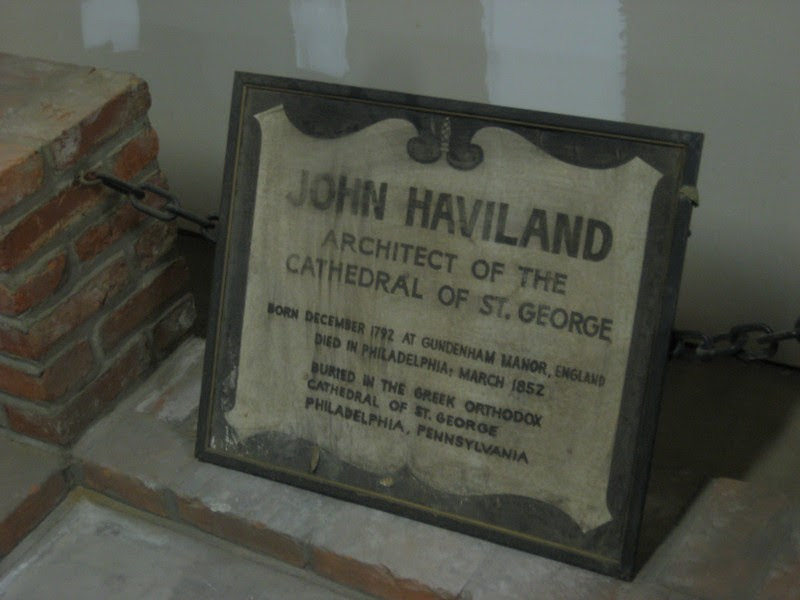Last month, the Small Repositories team visited the Greek American Heritage Society of Philadelphia and surveyed their archival collections. Their records focus primarily on the local Greek American Community and include institutional records of the Society, photographs, correspondence, and papers of the Criticos family.
The Greek American Heritage Society was founded by Mary Creticos, a Greek-American whose father was one of the founders of the first Greek Orthodox Church in the City of Philadelphia. Mary loved adventure and traveled throughout Europe and North America by car and motorcycle. During World World II she served as a pilot in Women’s Aircorp Service Pilots (WASP) and enjoyed flying so much that she bought her own small plane. She ran a successful Real Estate business and was the first female Real Estate Broker in Bucks County, Pennsylvania.
The Greek American Heritage Society’s mission is to preserve and promote Hellenism in Philadelphia and to “inspire social change and trigger personal growth by re-connecting both youth and adults to their heritage.” In fact, one of the Society’s major goals is to educate young Greek Americans about their history and culture, as well as, the contributions of Greeks throughout history. The Greek American Heritage Center is an active organization that is creating digital content and is preserving artifacts of cultural significance to the local Greek American community. For example, they have partnered with Cosmos Philly to curate an online interview series to share the stories and experiences of the individuals, families, organizations, and churches that have helped form the Greek American community. In 2013 the Greek American Heritage Society moved into an office building owned by and adjacent to St. George Greek Orthodox Cathedral. St. George was originally St. Andrew’s Episcopal Church and was built in the nineteenth century by John Haviland, a famous architect who designed several notable structures in the Philadelphia area. In building St. Andrew’s, Haviland used the Ancient Greek Temple of Dionysus at Teos located in modern day Turkey as inspiration. The facade of the Church has six ionic columns and there is a flight of marble stairs which lead to a large door. In 1922, the Greek Orthodox Kathedrikos of St. George bought the St. Andrew’s and renamed it, the St. George Greek Orthodox Cathedral.

John Haviland was initally buried in a family vault at Saint Andrew's Church. His body was later reinterred at another Episcopal Parish in the Philadelphia area.
Haviland died in 1852 and was buried in the family vault at the Church. Above is a photograph of the marker of Haviland’s tomb.

Iron gate in front of St. George's. Can you guess whose image adorns the gate?
Haviland also designed the cast iron fence which still stands in front of St. George. The cast-iron fence is adorned with a figure from ancient greek mythology. Can you guess who it is? Post your answers below in the comments section.
The HCI-PSAR team enjoyed surveying the collection at the Greek American Heritage Society. For more information, please visit their website.
Sources
Greek American Heritage Society. "About the Society." 2016. Accessed June 7, 2016. http://gahsp.org/about/
Hidden City Philadelphia. "As Athens Burns in Protest, Reminders of Greek Philadelphia." 2012. Accessed June 7, 2016. http://hiddencityphila.org/2012/09/as-athens-burns-in-protest-reminders-of-greek-philadelphia/

